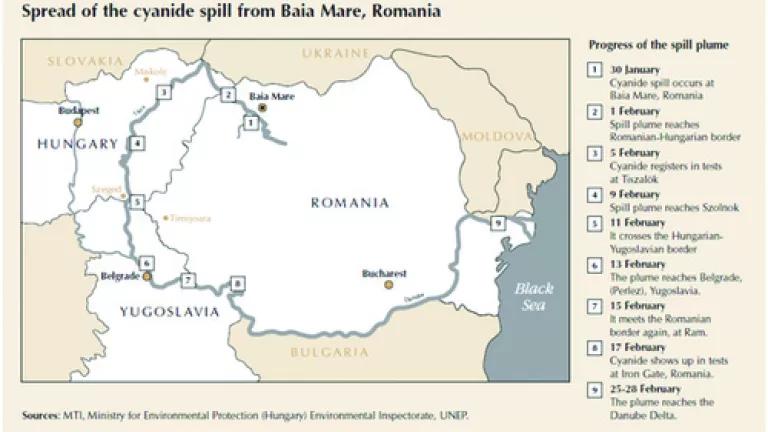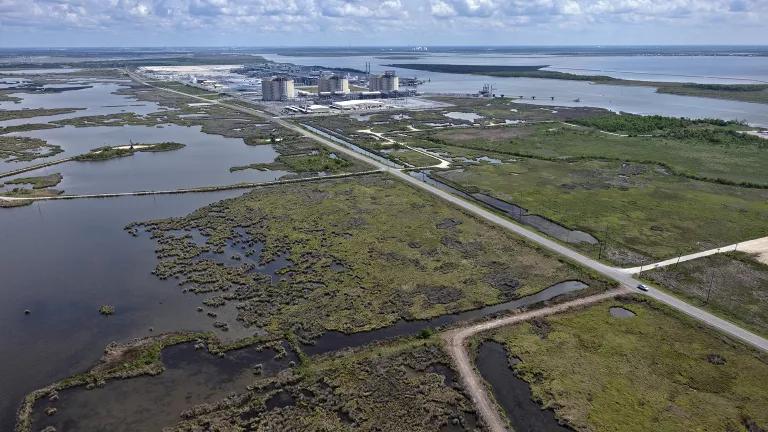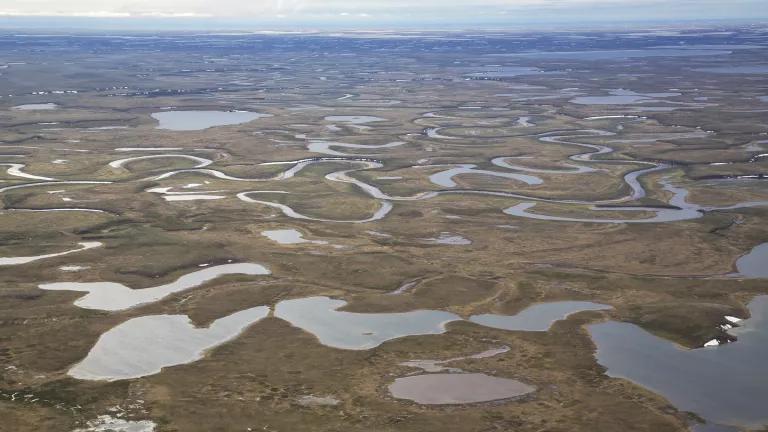
The mining industry has left behind a trail of environmental disasters across the globe, from tailings dam failures to water contamination.
Bristol Bay – with its world famous salmon runs that sustain Alaskan Natives, wildlife, and a $480 million annual commercial fishery that employs 14,000 full and part time workers – is no place to gamble with large scale mining.
But the Pebble Limited Partnership continues to assure anyone who will listen that they can engineer a “safe” mine. That a modern mine – with advanced technology and rigorous permitting requirements – could somehow be engineered to withstand the inherent dangers of mining.
Common sense – and the mining industry’s deplorable environmental record – tells us otherwise.
Modern mines can and do fail, often with devastating environmental consequences.
Take, for example, the tailings pond failure at the Baia Mare gold mine in Romania, which experts have called the worst environmental disaster since Chernobyl. On January 30, 2000, a tailings pond burst, releasing 100,000 cubic meters of mine waste contaminated with cyanide and heavy metals into the Lapus River. The cyanide and toxic wastewater travelled through Hungary and Yugoslavia, contaminating the Somes, Tisza, and Danube rivers and destroying everything in its path.
This catastrophe was never supposed to happen. The tailings pond and waste processing facility had been designed as a “zero discharge” process. It was promoted as modern engineering.
The project began in 1992, and after a lengthy permitting process, operations began in 1999. But after a mere seven months of operation, a dramatic failure of the retaining embankment wall led to the release of tailings water into local rivers.
In the wake of the disaster Serbian Environment Minister Branislav Blazic lamented “[t]he Tisza has been killed. Not even bacteria have survived. This is a total catastrophe.”
The entire plankton population in the Somes and upper Tisza river was killed by the toxic plume released. One thousand, two hundred and fortytons of fish were killed. Drinking water was contaminated.
The ecological ramifications from the spill also resulted in calamitous socio-economic impacts, including losses in employment, fisheries, and tourism as well as remediation costs. A five-month fishing ban was imposed on the Tisza river system in Hungary. Due to the ban, eight fishing organizations with 114 full-time fishermen and 115 part-time fishermen lost their incomes.
Although aquatic life rebounded after the spill (the most severe floods for well over 100 years occurred shortly after the accident, dispersing heavy metals), serious long-term effects of the spill still plagued the region. A 2000 International Task Force for Assessing the Baia Mare Accident found that “heavy metals persist in the environment and ‘bioaccumulate’ in living organisms. As a result, even relatively low concentrations can pose a threat to ecosystems and human health over the medium to long term.”
What does the Baia Mare disaster teach us? Modern engineering can fail. Accidents do occur.
When Pebble Mine fails – as it inevitably will – the consequences will be devastating. A study by the EPA found that large-scale mining like the Pebble Mine would pose enormous, irreversible harm to Bristol Bay watershed—and the people and wildlife that depend on its resources.
The EPA has been asked by the people of the region to protect Bristol Bay. The agency has the authority under the Clean Water Act to stop the Pebble Mine. And President Obama can make that happen
Now is the time for action. We know that modern mines can and do leak. And we know that a disaster at Pebble Mine would risk the people, wildlife and economy of Bristol Bay.
Tell President Obama to save Bristol Bay by stopping the Pebble Mine.



